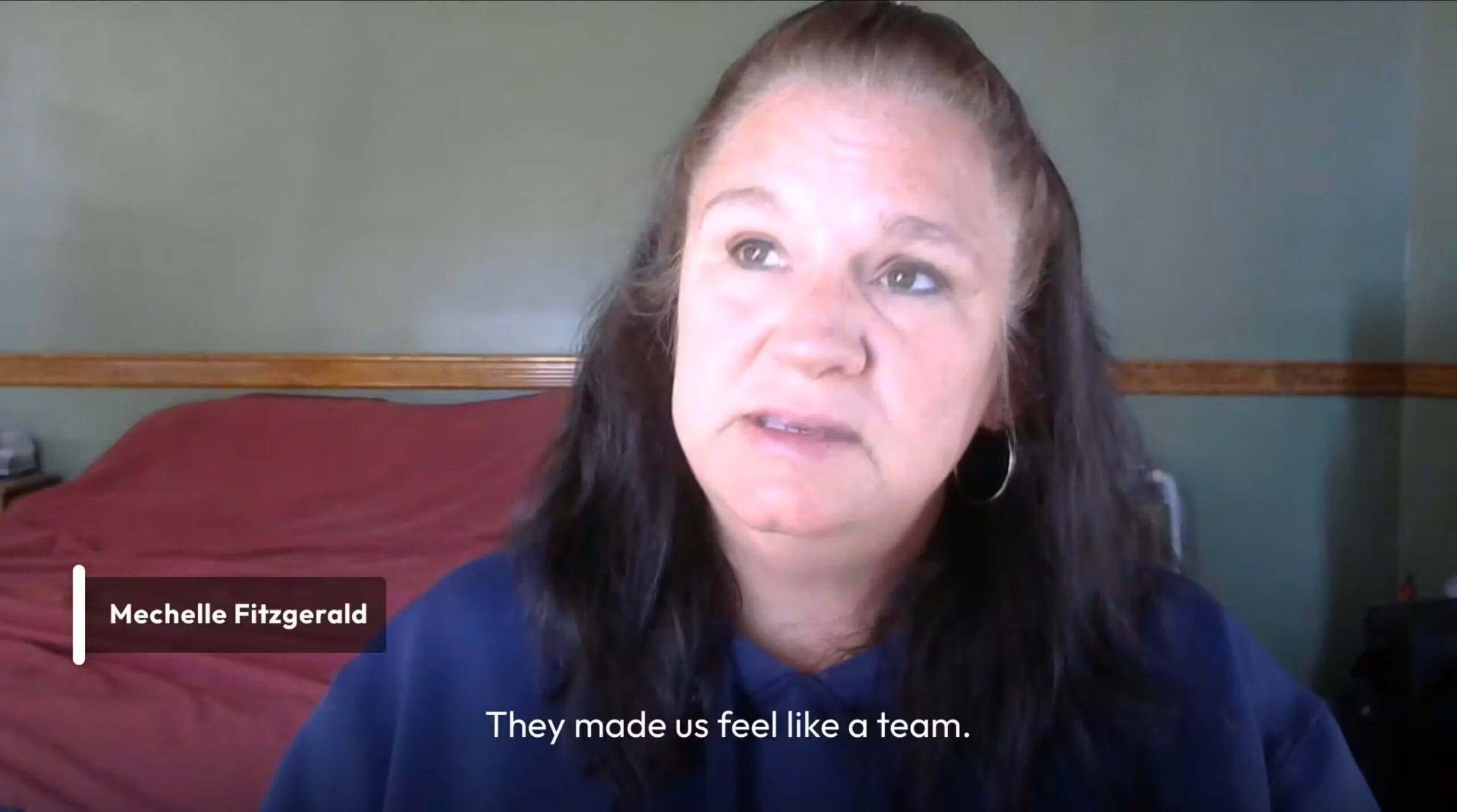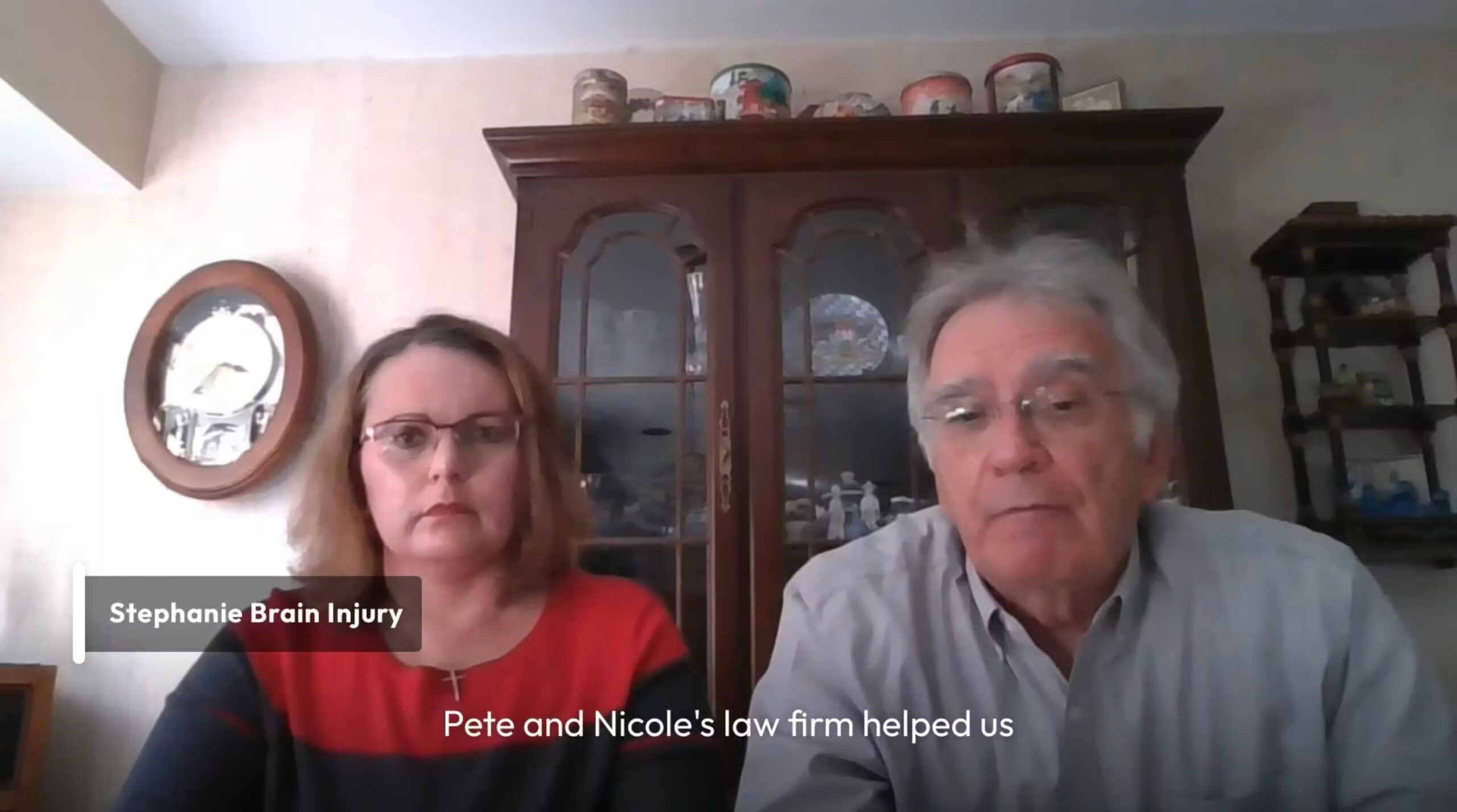What To Do If You’re In A Crash With A Driver Who Failed To Yield
April 26, 2019

Yielding the right-of-way to other road users is not only a courteous and effective way to prevent a crash, it’s required by law in Pennsylvania.
Right-of-way laws aren’t necessarily intended to grant the right-of-way to drivers, but rather, to regulate the flow of traffic and promote road safety. They apply to all road users, including pedestrians, bicyclists, and large commercial vehicle drivers.
Circumstances in which drivers must yield
In Pennsylvania, drivers must yield in the following circumstances:
- Approaching or entering an intersection: When at least two vehicles approach an intersection at the same time, the left driver is required to yield to the right driver. This, however, doesn’t apply to highway intersections, limited-access roads, or traffic circles (roundabouts).
- Turning left: Left-turning vehicles must always yield to oncoming traffic or vehicles approaching from the opposite direction. This applies to intersections, alleyways, driveways, side-streets, and private roads.
- At stop signs: All drivers approaching an intersection controlled by a stop sign must come to a complete stop. Drivers may only proceed when it is safe to do so. For example, if driver A came to a complete stop before driver B, driver B must wait until driver A has crossed the intersection before proceeding.
- At yield signs: All drivers are required to slow down to a reasonable speed when approaching a yield sign and allow right-of-way traffic to clear before proceeding. Stopping may be necessary at yield signs.
- Approaching or crossing a roadway: When entering or crossing a roadway, drivers must first yield to other vehicles that are poised to proceed.
- Emergency vehicles: All drives are required to pull over to the right said of the road (or as close as possible) and allow emergency vehicles to pass.
- Construction zones, maintenance areas, or highway safety corridors: Drivers must always yield the right-of-way to authorized vehicles (especially those flashing lights) and roadway workers, especially those regulated by traffic-control devices and/or police directing traffic.
- Emergency response zones: When approaching an emergency response area, drivers must avoid passing in lanes adjacent to the area (if possible). Otherwise, drivers must pass the emergency response area at a speed that is safe and prudent for the given circumstances.
Drivers should never assume they have the right-of-way
When drivers fail to yield because they assume they have the right-of-way, the risk of a crash greatly increases. Failure to yield the right-of-way most commonly results in head-on collisions, T-bone accidents, and sideswipes.
If you were struck by another driver who ran a stop sign or red light, ignored a yield sign, or failed to comply with traffic laws, you may be eligible for compensation. While there should be no dispute as to who was at fault, it’s crucial that you still speak to an experienced car accident attorney who can help you recover the full extent of your losses.
Contact Villari, Giannone and Matteo today and schedule a free case consultation.
![Quote]() "Want to thank all of you once again not only for your professional services but your friendship and feeling like family through all of these past four years as we fought to rebuild Stefanie's life. I could not have made a better choice for helping us through this ordeal."
"Want to thank all of you once again not only for your professional services but your friendship and feeling like family through all of these past four years as we fought to rebuild Stefanie's life. I could not have made a better choice for helping us through this ordeal."Karl
- "They are all very helpful, caring and they do everything to try to make sure you as a client are OK and get you what you deserve. I would recommend them to anyone. They are a great law firm."
Tiffany
![Quote]() "I will happily be recommending your firm to anyone who may need your help in the future because of Jen, Eric and Brian."
"I will happily be recommending your firm to anyone who may need your help in the future because of Jen, Eric and Brian."Michelle
Hear What Our Clients Have to Say






